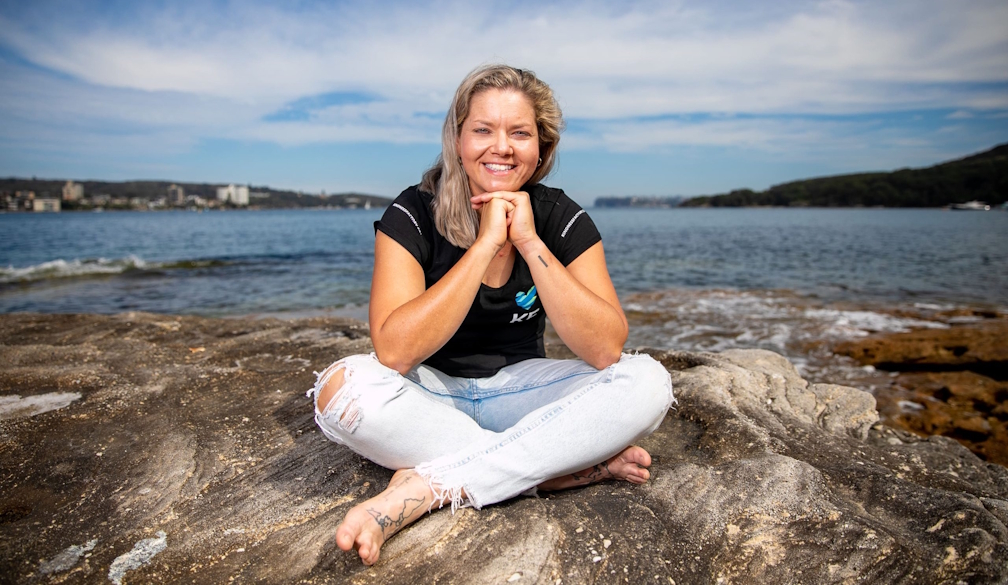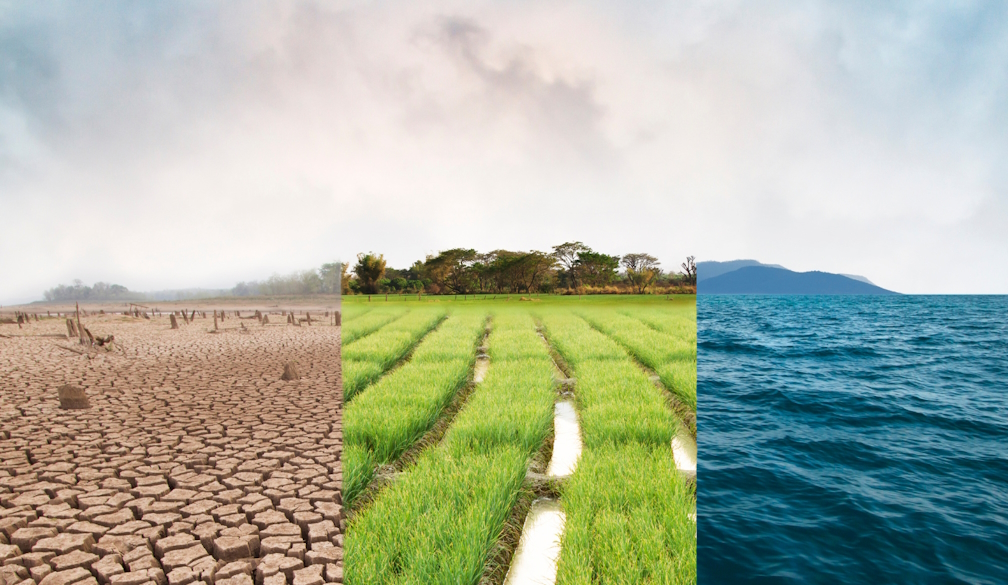Jabra launches Evolve2 75 headset to re-energise hybrid working
- Written by Evolve

Jabra has announced the release of the latest in its Evolve range of enterprise headsets, the Evolve2 75. With 68% of employees seeing their Ideal work week including a hybrid model of working from home and an office[1], the Evolve2 75 is specifically engineered to make flexible working simpler and more productive for everyone, everywhere.
Jabra’s latest hybrid working research shows that 85% of knowledge workers said being confident in their audio, video and connectivity allows them to excel at work[2]. With that in mind, the new Evolve2 75 aims to be the flexibility hero, with comfort, concentration, collaboration and insights at its core. These pose the biggest challenges for organisations whose employees are working in changing locations, so Jabra has packed the Evolve2 75 with new features that push sound quality and comfort even further. Maximising flexibility and increasing concentration, the Evolve2 75 delivers crystal-clear calls and pitch-perfect music in any surroundings.
Jabra has engineered a superior ergonomic fit for the ear cups, reimagining the leatherette, dual cushion design to improve ventilation and reduce ear pressure. In turn, this optimises the curvature and padding of the headband to ensure the headset stays securely in place. Not only does this significantly enhance comfort, it also dramatically improves the overall active noise cancellation performance.
Jabra Evolve first
The Evolve2 75 is the first of Jabra’s Evolve headsets to include fully adjustable Jabra Advanced Active Noise CancellationTM (ANC), so you can pick and choose how much (or how little) of your surroundings you hear. A ‘HearThrough’ button allows for tuning back into the sounds around you when you need to, without even having to take your headset off. Customisable settings in MySound (for the Sound+ mobile app), and Equaliser adjustment (available through the Sound+ app plus Jabra Direct on mobiles and PCs) optimise audio for personalised hearing profiles, and allow the user to quickly adapt to changing environments.
Greater sound and flexibility
The Evolve2 75’s mute and auto answer-enabled microphone boom arm is 33 per cent shorter than on the previous Evolve 75 design, giving users even greater flexibility and better-sounding audio. The arm is also intended to meet Microsoft’s stringent Open Office requirements. When the boom arm is flipped down in Performance mode, it effectively cuts out ambient sound in open-plan offices and loud, busy indoor areas. The headset has a discreet mode feature, you can easily fold away the boom arm when required for quality calls on the go.
The headset’s 8-microphone technology works with Jabra’s revolutionary triple chipset-powered algorithm to distinguish between your voice and the noise around you even more precisely, for the sharpest-sounding calls yet. The Evolve2 75 also includes a ‘Busylight’ with increased 360º visibility for when total focus is needed.
Data-capturing capabilities
Finally, Jabra has added extra benefits to the latest headset, making it even easier to stay connected wherever you are. Optimised for all leading Unified Communications platforms, the Evolve2 75 connects colleagues on whichever platform they prefer. The headset also offers data capturing capabilities so IT Departments can make more informed decisions and troubleshoot any issues before they become a problem.
Jabra Xpress software makes it easy to oversee deployment, update firmware and manage settings remotely. The 30 metre robust wireless range and dual connectivity to computers and mobile devices gives the Evolve2 75 extra flexibility, promising increased freedom to walk and talk without affecting call quality. With the Evolve2 75’s extended battery life, charge-and-talk technology and new fast-charging capabilities, making as many calls as needed, from any location, has never been easier.
David Piggott, A/NZ Managing Director at Jabra said, “Our goal for every addition to the Evolve Series is not to simply create a new headset, but to set a new standard. That’s why we look at every element of the product during development to deliver the best audio experience imaginable. With the combination of our ground-breaking new dual-foam technology, an improved headband and a revolutionary new ‘comfort pattern’ design, the Jabra Evolve2 75 provides incredible noise isolation and comfort for an all-round improved audio experience that feels as good as it sounds.”
Key Features and Specifications:
- 26% per cent more Noise Cancellation than Evolve 75 through Adjustable Jabra Advanced ANC, dedicated chipset and Jabra’s new Dual Foam Technology
- Premium Open Office microphones with a 33 per cent shorter hide-away microphone boom arm than Evolve 75
- 8 microphone technology
- Superior quality calls
- High quality audio with the boom arm retracted in discreet mode, or when fully down in performance mode. Optimised for a flexible worklife
- Certified for all major UC platforms
- Up to 30m/100 ft wireless range
- Connect two devices with dual connectivity
- Dedicated Teams button (on MS Teams variant)
- Integrated 360° busylight
- Up to 36h MusicTime, 24h TalkTime (without ANC and Busylight) 33% more TalkTime than Evolve75
- Powerful music w/ 40mm speakers & AAC codecs
- Device management with Jabra Direct and Xpress
- Personalisation with Jabra Sound+ and Jabra Direct
- Google fast pair* (*Android Only)
The Evolve2 75 will be available at selected retailers at MSRP AU$490 (excl. GST).
For more information about the new Evolve2 75, please visit: www.jabra.com/evolve

















